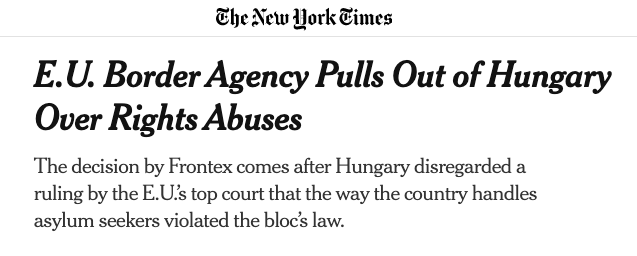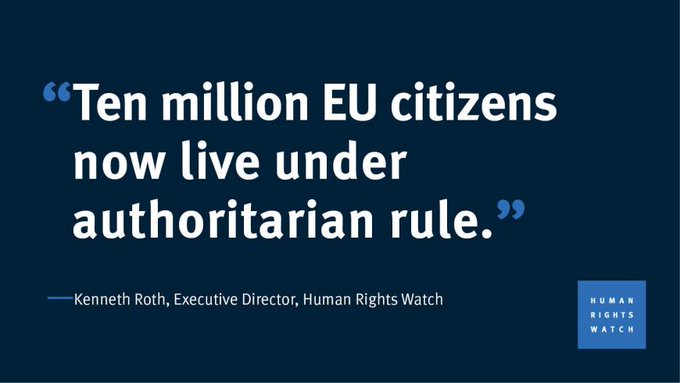
After going through over 500 CVs over the last few days, I thought I might share some observations for those seeking an entry-level position at an international NGO like @hrw.
Of course, what I’m about to say doesn’t apply for all job openings everywhere. But for entry-level posts at a fairly big NGO, I think these thoughts will hold.
The main takeaway is that some people sell themselves on their CVs much better than others, even when they have the same or similar qualifications as others.
As usual, I was overwhelmed with the quality of the people applying. Most had one, more often two, masters degrees, two or three solid internships, if not actual jobs, and minimum 2 languages. Usually 3. Some 5.
As normal with an entry-level post, many applicants had similar qualifications: degrees in international relations or journalism/communications. Internships were generally at similar places: EU institutions & NGOs. Languages also generally English & French & one other EU language
Mind you, this is all exactly what we’d asked for on the job posting, so no surprise. Still, with hundreds of broadly similar applicants with relatively short, not very differentiated professional experiences, what makes one stand out from the others?
I spent about 30 seconds per CV in the initial cut. No time to mull each one forever. How people present themselves on their CVs made a huge difference as to who advanced in the process.
Can I find the key words I’m looking for quickly? Is information presented in a clear way? These are not just questions to make a reviewer’s life easier; this was for a job in part about communications, so how a person presents info is hugely relevant to the position itself.
So, in cutting over 500 CVs to about 30, which CVs stood out? There are two or three things I noticed. First is space.
Many tried to fit as much info as they possibly could on their CV. Most knew enough they should only have a one-page CV at this stage of their career. Good. But then they filled the one page with 7-point font & super skinny page margins so everything is just a wall of text. 😱
You don’t help yourself by doing this. It makes it hard to pick anything out. Not that you have to have a sense of design at all; just know that white space is as important as text for readers.
CV reviewers have to be able to look at your CV and pick out the three or four things that they’re looking for. That first glance is make-or-break. You have to make it easy on their eyes.
There is no reason to put 7 bullet points after a job to describe everything you did. Just tell me what the job was, with title, employer, dates. If you absolutely must, then 2 or 3 bullet points for the most recent job, with 4 or 5 words each of the most essential tasks you did.
Space things out to make key words easy to find. If you know the job is about communications & international justice, then make sure that those words appear on your CV either at the start of a line or in some place where there is empty space around them, so they get noticed.
The way you write your CV & the way it looks tells us a lot about you. If your CV is messy - has spelling errors, overlapping text, repetitions, bad English - you’re not going to get through to the next round. Even if you otherwise have the right qualifications.
Photos on a CV… I used to think, no never, terrible, but I also realise it’s cultural to some extent, so my view is evolving. I still think there are problems with it, but when you’re looking at 500 CVs, it at least reminds you this is a person, not a set of data.
A lot of CVs I saw had many colours – some frightfully too many. One colour or maybe two can be nice, and again it’s a way to distinguish yourself from the pack. But be subtle about it. Less is more.
I saw a few CVs with tiny, dark grey text on a light grey page background. “I’m going to make something both unattractive and hard to read”, is not a way to get to the next round.
I know not everyone looks at CVs like this. Not every job is the same, and not all reviewers seek the same things. But for an entry-level position at an NGO, where you are one among hundreds of other qualified people with relatively little experience, maybe this advice is useful.
• • •
Missing some Tweet in this thread? You can try to
force a refresh













